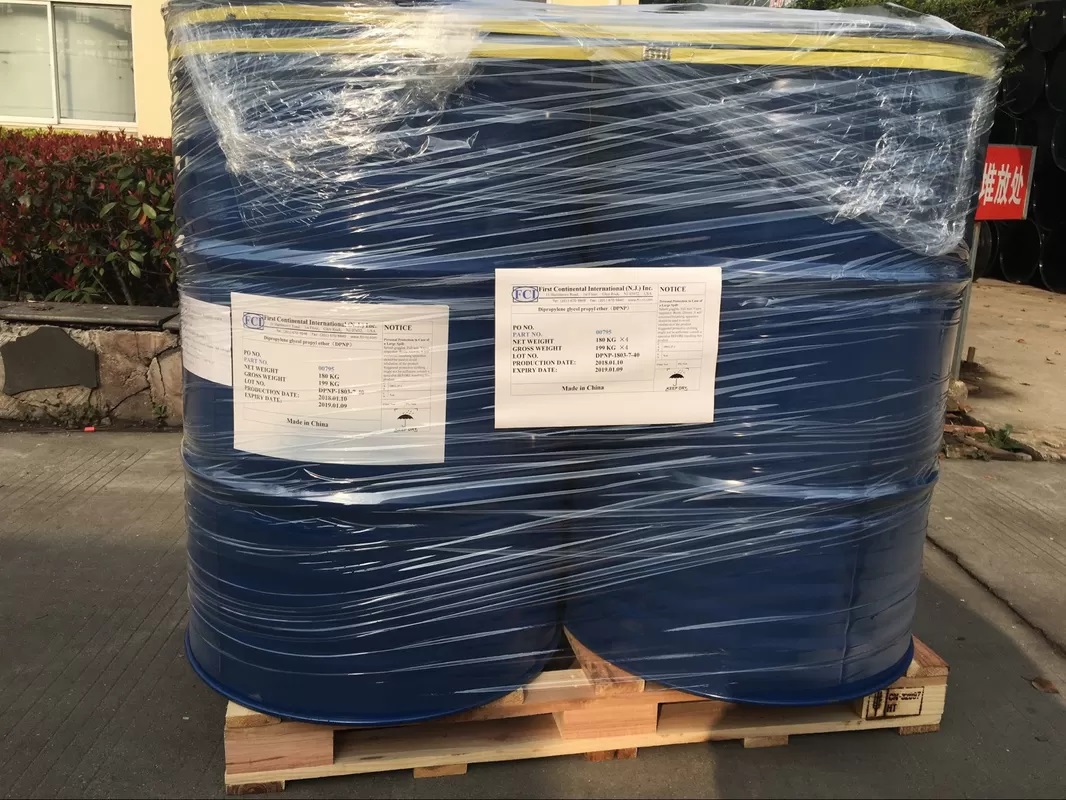Plastic, Rubber
Do you have questions?
We unleash your business potential by maximize the business innovation.
Send EmailDIETHYLENE GLYCOL, DEG, 111-46-6
DIETHYLENE GLYCOL
CAS: 111-46-6
Molecular Formula: C4H10O3
Names and Identifiers
| Name | DIETHYLENE GLYCOL |
| Synonyms | DEG NSC 36391 Brecolane NDG Diethyleneglyc 2,2'-oxyethanol 2,2'-Oxyethanol Diethylene glyco 2,2'-oxydiethanol 2,2'-oxydi-ethano DIETHYLENE GLYCOL Diethylene glycol 2,2'-oxybis-ethano 3-Oxa-1,5-pentanediol 3-Oxapentane-1,5-diol 2,2'-dihydroxyethylether 2,2'-Dihydroxyethyl ether 2-(2-Hydroxyethoxy)ethanol 2,2-Di(hydroxyethyl) ether 2-(2-hydroxyethoxy)-ethanol bis(beta-hydroxyethyl)ether 2-(2-hydroxy-ethoxy)-ethanol Bis(beta-hydroxyethyl) ether 3-OxapentaMethylene-1,5-diol Di-ethylene glycol,Ethylene diglycol 2,2'-Oxydiethanol Bis(2-hydroxyethyl) Ether Diethylene glycol, Bis(2-hydroxyethyl) ether |
| CAS | 111-46-6 |
| EINECS | 203-872-2 |
| InChI | InChI:1S/C4H10O3/c5-1-3-7-4-2-6/h5-6H,1-4H2 |
| InChIKey | MTHSVFCYNBDYFN-UHFFFAOYSA-N |
Physico-chemical Properties
| Molecular Formula | C4H10O3 |
| Molar Mass | 106.12 |
| Density | 1.118g/mLat 25°C(lit.) |
| Melting Point | −10°C(lit.) |
| Boling Point | 245°C(lit.) |
| Flash Point | 143 °C |
| Water Solubility | SOLUBLE |
| Solubility | Miscible with water, insoluble in benzene, toluene, carbon tetrachloride. |
| Vapor Presure | 0.01 mm Hg ( 20 °C) |
| Vapor Density | 2.14 (vs air) |
| Appearance | Colorless transparent oily liquid |
| Color | colorless |
| Odor | Practically odorless. |
| Maximum wavelength(λmax) | λ: 260 nm Amax: ≤0.02λ: 280 nm Amax: ≤0.01 |
| Merck | 14,3119 |
| BRN | 969209 |
| pKa | 14.03±0.10(Predicted) |
| PH | 5.5-7.0 (25℃, 50mg/mL in H2O) |
| Storage Condition | Keep in dark place,Sealed in dry,Room Temperature |
| Stability | Hygroscopic |
| Sensitive | Hygroscopic |
| Explosive Limit | 2-12.3% |
| Refractive Index | n20/D 1.447(lit.) |
| MDL | MFCD00002882 |
| Physical and Chemical Properties | Appearance colorless or light yellow transparent liquid relative density (d 204) 1.1147~1.1180 boiling point ℃ ≥ 241 boiling range (distilling out 90% by volume)] ℃ ≤ 250 flash point ℃ 141 |
| Use | It is used as a gas dehydrating agent and an aromatic extraction solvent, and also used as a lubricant, softener and finishing agent for textiles, as well as a plasticizer, wetting agent, sizing agent, nitrocellulose, resin, grease and other solvents. |
Risk and Safety
| Risk Codes | 22 - Harmful if swallowed |
| Safety Description | 46 - If swallowed, seek medical advice immediately and show this container or label. |
| WGK Germany | 1 |
| RTECS | ID5950000 |
| FLUKA BRAND F CODES | 10 |
| TSCA | Yes |
| HS Code | 29094100 |
| Hazard Note | Toxic/Irritant |
| Toxicity | LD50 in rats, guinea pigs (g/kg): 20.76, 13.21 orally (Smyth) |
Introduction
Easy to absorb moisture, no smell, spicy sweet taste, soluble in water can be combined with most organic solvents, insoluble in benzene and carbon tetrachloride. Easy to esterify and etherify.
Reference Information
| introduction | diethylene glycol, also known as diethylene glycol, forms ester when it reacts with anhydride. It reacts with alkyl sulfate or halogenated hydrocarbon to form ether. It is mainly used as a gas dehydrating agent and extractant, and also as a lubricant and finishing agent for textiles. It is obtained by the interaction of ethylene oxide and ethylene glycol. Diethylene glycol has been widely used in various cosmetics as a solvent, heat preservation agent, and viscosity control agent. It has been used in my country for nearly 20 years, and no problems have been found during this period. |
| application | diethylene glycol can directly use solvents, natural gas dehydration desiccant, aromatics separation and extraction agents, textile lubricants, softeners, finishing agents, nitrocellulose, resin, grease, printing ink and other solvents, and are also used as antifreeze components in brake fluid and compressor lubricating oil, it can also be used to prepare cleaning agents and as dispersible solvents in other daily chemicals such as inks. |
| preparation | a diethylene glycol purification process, the steps are: ① dissolution: adding 3-4wt% strong alkali and 3-4wt% chloroethane to the crude diethylene glycol, and stirring at 100 ℃ for 1.5-2 hours to obtain liquid; (2) Decompression distillation: the liquid obtained in step (1) is subjected to decompression distillation, and the fraction at 150 to 155 degrees C is collected to obtain purified diethylene glycol. |
| chemical properties | colorless, odorless, transparent, hygroscopic viscous liquid. It has a spicy sweet taste. Miscible with water, ethanol, acetone, ether, ethylene glycol, not with benzene, toluene, carbon tetrachloride. |
| use | used to prepare plasticizer, also used as extractant, desiccant, heat preservation agent, softener and solvent, etc. diethylene glycol is mainly used for dehydration of natural gas and aromatics extraction, and is used as a solvent for ink bonding and textile dyes, it is also used in the production of rubber and resin plasticizers, polyester resins, fiber glass, urethane foams, lubricating oil viscosity improvers and other products. It is used as a gas dehydrating agent and aromatics extraction solvent, as well as as a lubricant, softener and finishing agent for textiles, as well as plasticizer, humidification agent, sizing agent, nitrocellulose, resin and grease And other solvents. solvent, gas dehydrating agent, extractant, water softener, gas chromatography liquid, suitable for analysis of aqueous solution, selective polyethylene glycol is similar, used for analysis of content oxygen compounds (especially alcohol), aniline, fatty amine, pyridine and quinoline. |
| production method | diethylene glycol is a by-product of ethylene oxide to ethanol. |
| spontaneous combustion temperature | 442 °F |

